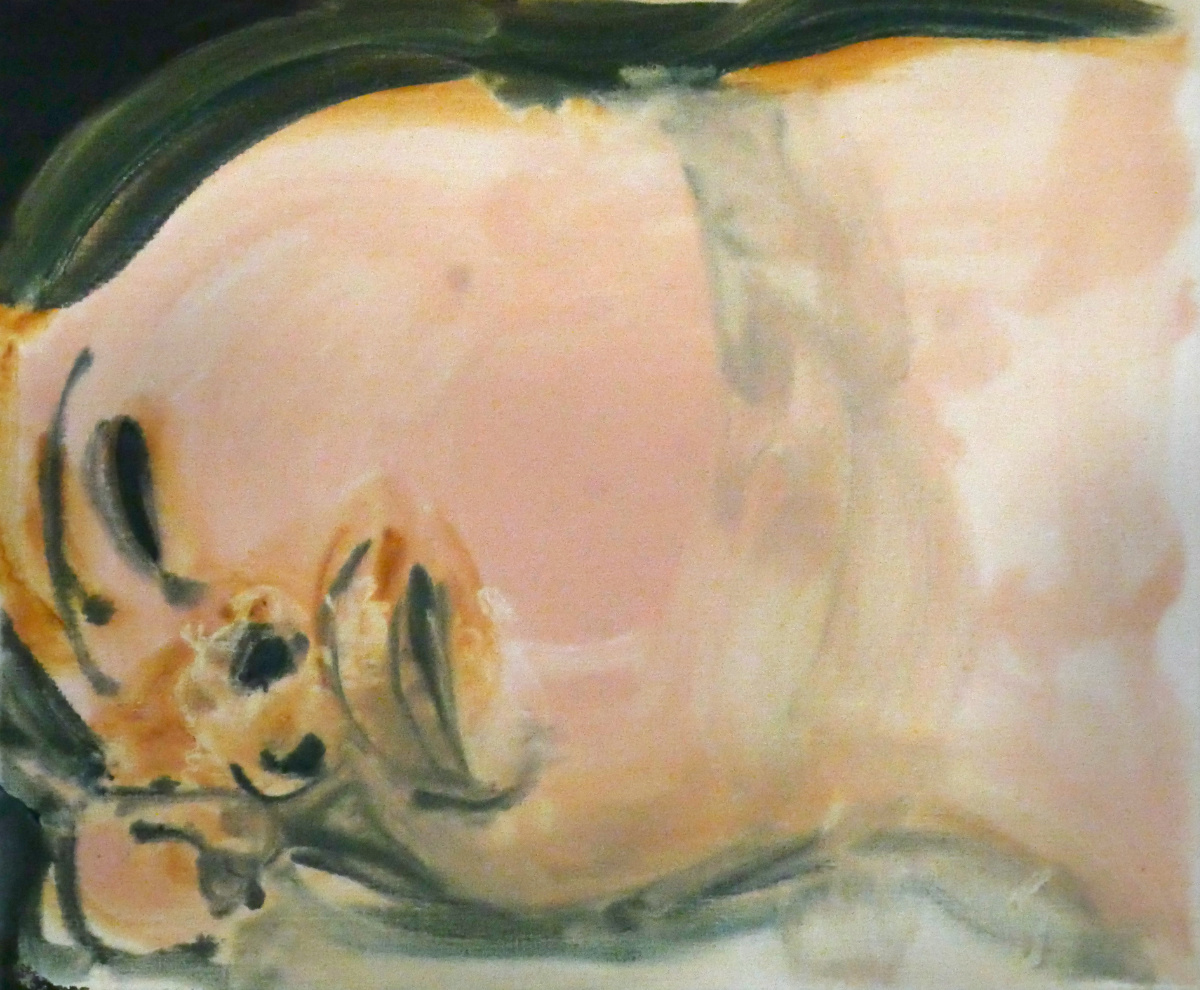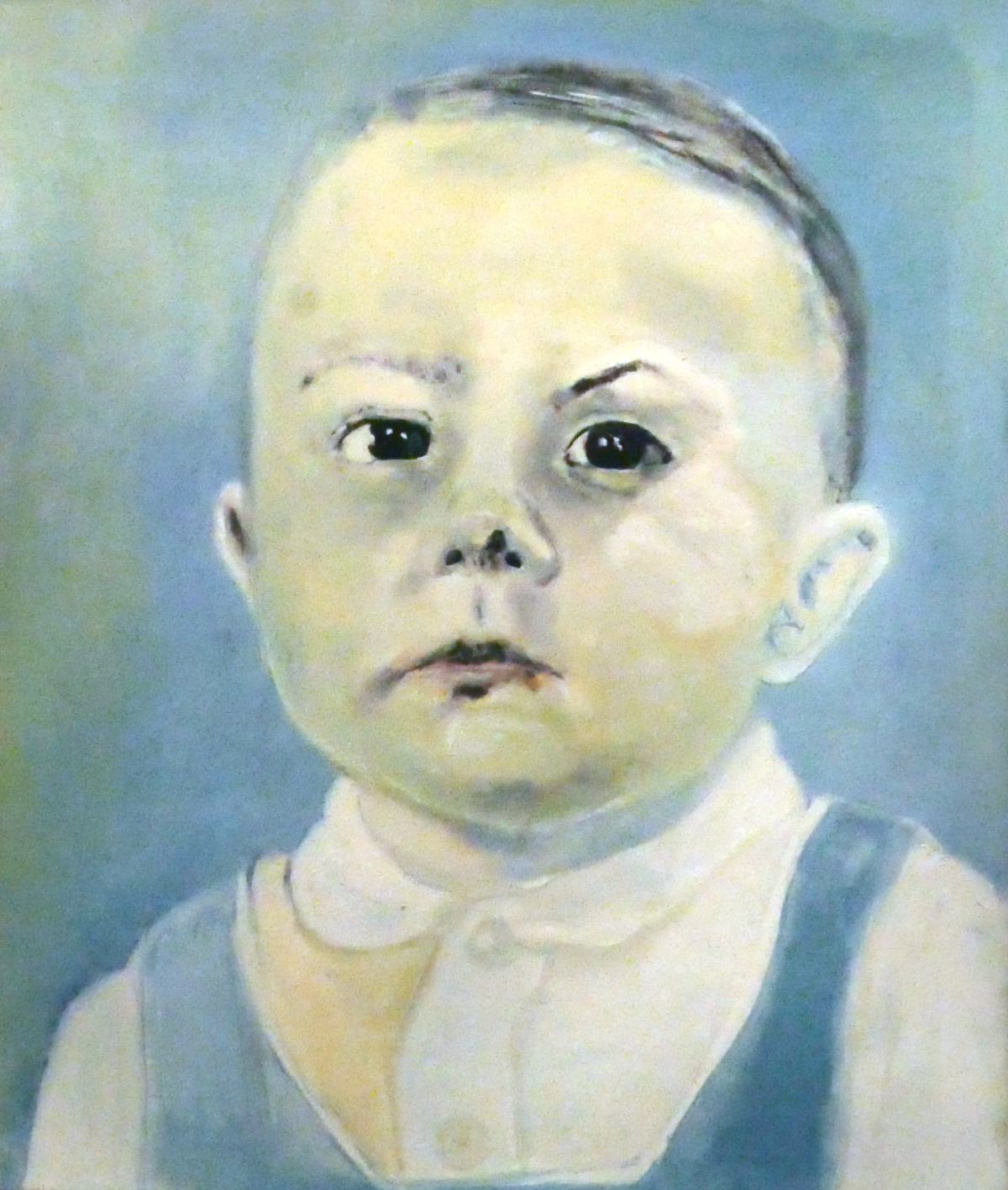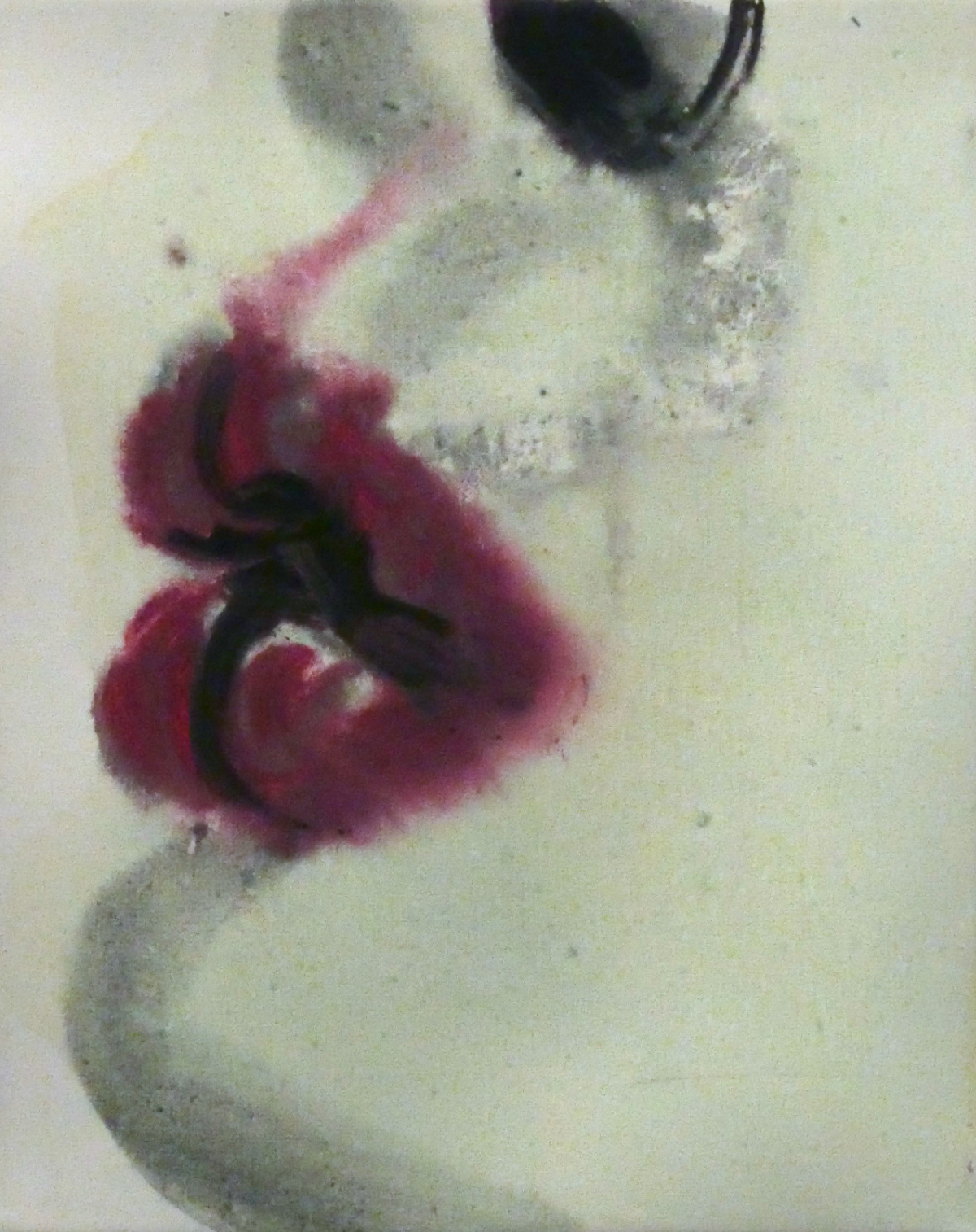Marlene Dumas
During my recent stay in Venice while the Biennale Arte 2022 was still taking place, I also had the chance to visit Marlene Dumas’ solo exhibition “open-end” in the Palazzo Grassi. Certainly I recognized Dumas’ name when preparing my trip to Italy, but so far I never had a clear picture of her work, of her personality or her artistic expression. So I stumbled into this exhibition without any major preparation. I didn’t expect getting so excited about the paintings I saw there and realized her incredible craftsmanship for the very first time. Dumas’ work is incredibly captivating and precise while staying rather loose in the actual execution. At the beginning of the exhibition there’s a very good introduction video in the form of an interview to introduce Marlene Dumas and her story to the visitors.
Marlene Dumas was born 1953 in Cape Town. Already in her early years she experienced the difficulties and controversies of Apartheid, growing up as a white woman in South Africa. She began painting 1973 when she was 20 years old. Alongside she started studying in Cape Town and later in Amsterdam but continued her career as a painter. Marlene Dumas was always interested in psychology, so she began working as an art therapist. Since 1977 she is living in Amsterdam. She featured in some films and illustrated several books. In the 1980s she took part in the Documenta 7 in Kassel. Today she’s one of the Netherlands most prolific artists.
In her work she often uses polaroid images of her friends and lovers as reference materials. But she’s also continuously looking for new subjects in magazines and pornographic publications. The popular culture and prominent political figures often become part of her inspiration. All through her career she also painted children in different poses, especially continued portraits of her own daughter growing up. Over time she had several relationships with her partners always becoming models as well as co-creators and critics. Most of the time her art focuses on serious issues such as sexuality, race, guilt, innocence, violence and tenderness.
She mostly uses very loose brushstrokes to add distortion to her images. Still her images feel very precise and detailed. She’s painting with oil on canvas or with ink on paper. Her paintings are seen as portraits but do not represent people, they are more about the emotional states of her subjects as well as about her own self. Her works are best appreciated looking at them as originals since many of her intimate works are rather small. That said she never felt shy to fill a room with large, stretched out paintings spanning several meters.
Today Dumas teaches at different universities in the Netherlands. Her work is part of several international collections including the Museum of Modern Art in New York, as well as the Modern Art Museum in Forth Worth.
Her whole body of work is hugely impressive. I have to admit that her older works felt more boiled down to an essence to me, later some of her works felt more reproductive and repetitive. But that’s just me. Overall her whole catalogue of images, her way of painting loosely while expressing her visual thoughts and ideas very accurately felt very remarkable. It’s of course always a matter of presentation as well. It’s just fascinating to see these different artworks of all sizes hanging on those huge white museum walls, surrounded by exuberant amounts of empty, white space. It clearly helps to focus the spectator’s vision on form and color and celebrate these often expressive works.
It’s incredibly hard for me to pick just a few of her works to present them here as an introduction to her work. I took all the photos of this post during my way through the exhibition. I hope you don’t mind the lack of quality of some shots that were taken in areas of the museum that were lit less brightly, they sometimes became a bit grainy as I wasn’t allowed to use a tripod, of course.
 Longing, 2018, oil on canvas, 50 x 60 cm
Longing, 2018, oil on canvas, 50 x 60 cm
The first image I want to show you is called “Longing” from 2018. It’s at first sight just a huge plane of mostly uniform colors. Just a few greenish strokes let the contours of the face appear. The sensual expression evokes a mood of longing and waiting. Dumas herself often sees her paintings like poems with “sentences that have taken her clothes off […], so we can read between the lines.”
 Die Baba, 1985, oil on canvas, 130 x 110 cm
Die Baba, 1985, oil on canvas, 130 x 110 cm
Next is the image titled “Die Baba” of Marlene Dumas’s older brother Pieter as he still was a baby. At first the image feels almost sweet, a cute baby with tidy hair and clean, neat clothes. But his dark glaring eyes feel a lot more mature, a lot more serious and already determined. Pieter later became an activist pastor in the South African Dutch Reformed Church with a striving aim to match word and deed.
 Lips, 2018, oil on canvas, 30 x 24 cm
Lips, 2018, oil on canvas, 30 x 24 cm
The third image is called “Lips” from 2018. It’s a small erotic jewel of only 30 x 24 cm. It is based on a lipstick ad from the late 1960s. There are still some pop art elements in it. During the process of repainting the image these elements transformed into a dreamlike trance. The overall feel is soft and inviting, the purple lips seem to glow in contrast to the plain greenish skin tone. Both seem to express gentleness and approachability. The piece was painted wet on wet in one single sitting. The looseness of the paint and the small size seem to amalgamate with the unsaid longing of the viewer to come closer and closer.
 Great Men, 2014 - present, ink pencil and metallic acrylic on paper, 44 x 35 cm each
Great Men, 2014 - present, ink pencil and metallic acrylic on paper, 44 x 35 cm each
Lastly I want to show you this image of an elderly lady in front of the ongoing series “Great Men” starting in 2014 for the Manifesta 10, the European nomadic biennial of contemporary art held in St. Petersburg that year. The series of small portraits shows well noted gay and bisexual men from the 19th and 20th centuries. All of them were criminalized and prosecuted in some way for their sexuality. Among them are portraits of the mathematician and computer pioneer Allen Turing, writers like James Baldwin or Tennessee Williams, dancers and choreographers like Rudolf Nureyev, filmmakers like Rainer Fassbinder and composers like Pjotr Tchaikovsky. In 2014 Marlene Dumas says: “Art is there to help us to see more and not less. Laws are there to help us to love more and not less.”
The exhibition “open-end” in the Palazzo Grassi in Venice is still going on until January 8, 2023. Also don’t miss the excellent handout of this exhibition. It covers all of the exhibited images and provides additional image descriptions for each piece. Parts of the descriptions here are taken from this leaflet.